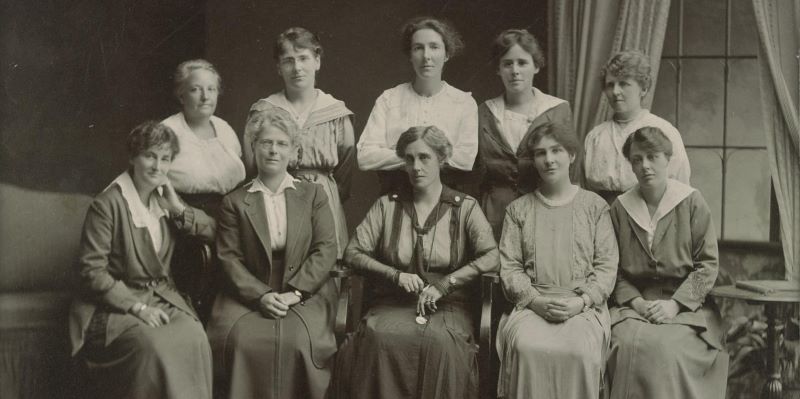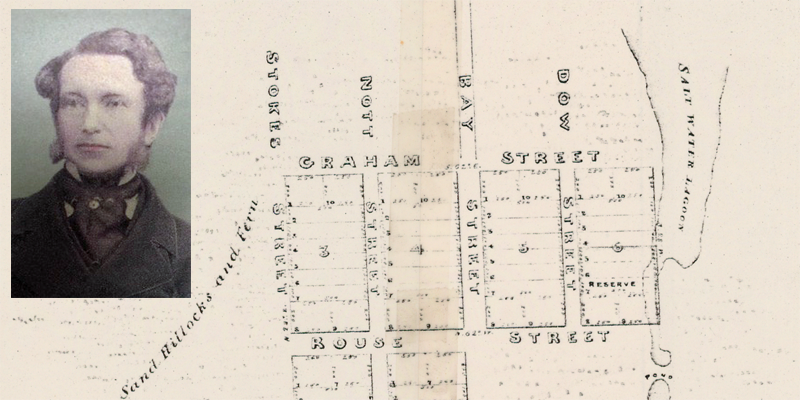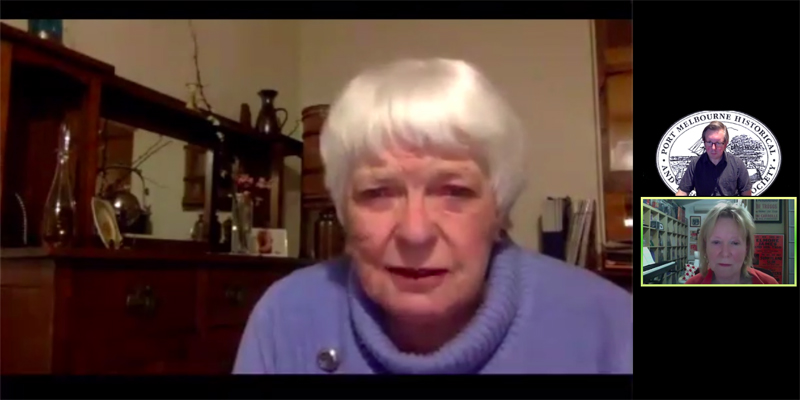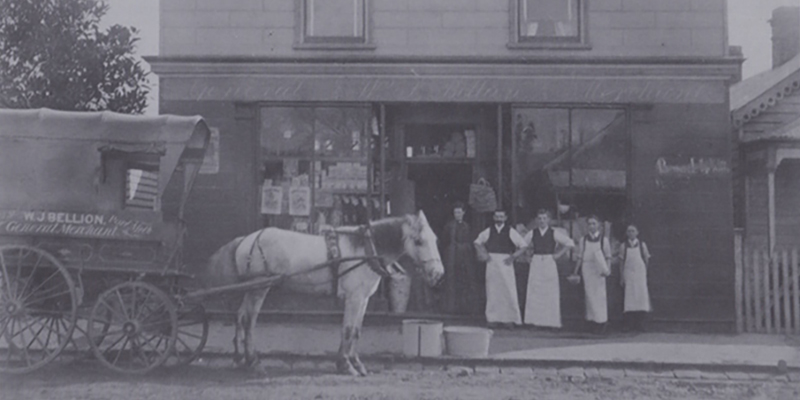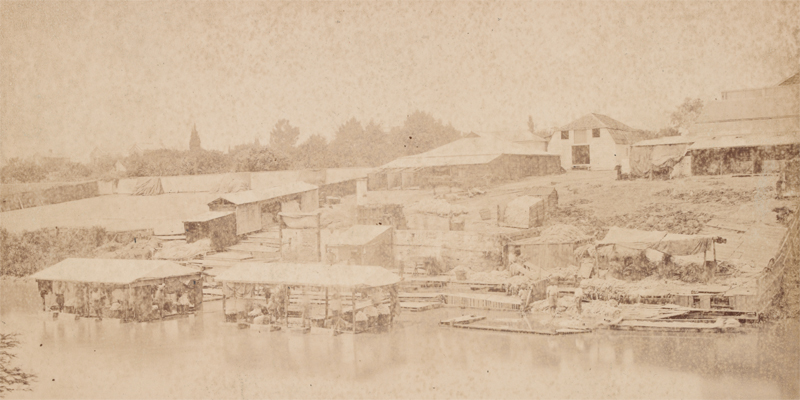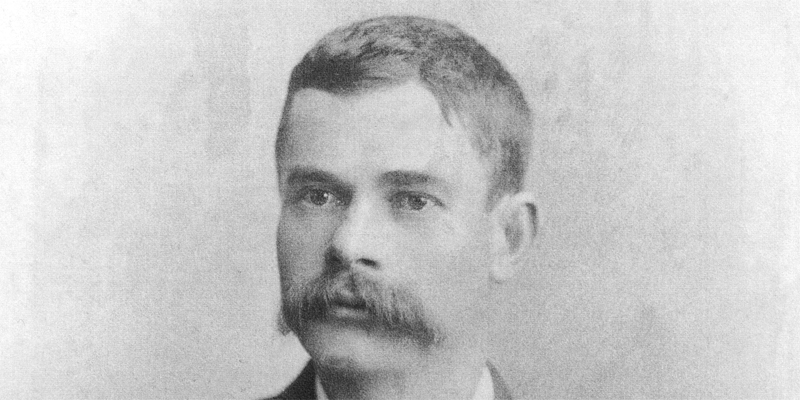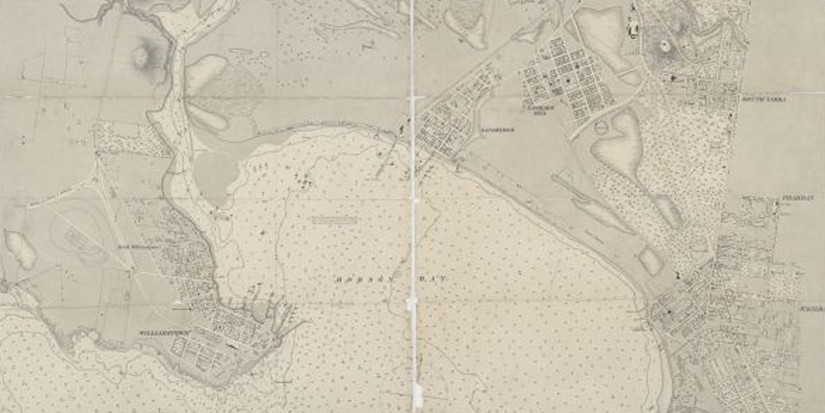Margaret Bride writes about her mother, Ada Florence Bellion, born in Port Melbourne in 1891.
A very early photograph of Ada, aged about 3, shows a sturdy child with a mass of curls. Her deep auburn coloured hair led to her nick-name of Bluey when she was a young woman.
Ada, circa 1894
My Mother, Ada Florence Bellion, was born in…
